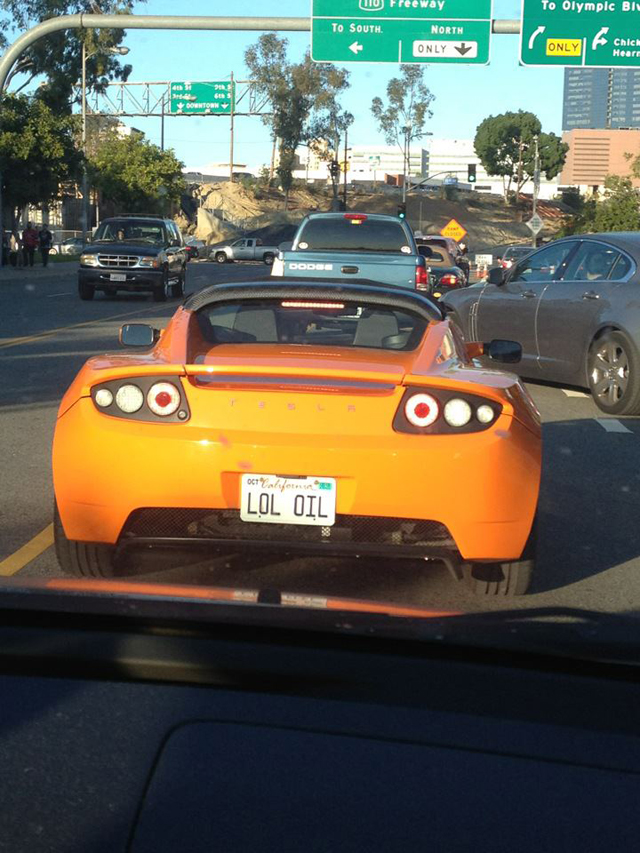Elon Musk’s Master Plan, Part Deux
While Donald Trump talks about bringing coal jobs back to West Virginia, Elon Musk is creating (actually, he laid out his vision 10 years ago) concrete plans to get us off fossil fuels, but we can’t just jump directly from A to Z.
Two days ago he revealed part deux of his master plan:
The first master plan that I wrote 10 years ago is now in the final stages of completion. It wasn’t all that complicated and basically consisted of:
Create a low volume car, which would necessarily be expensive
Use that money to develop a medium volume car at a lower price
Use that money to create an affordable, high volume car And…
Provide solar power. No kidding, this has literally been on our website for 10 years.
Elon Musk a great example of putting your money where you mouth is. Talking the talk and walking the walk.
What’s important about Musk is he has a reason for everything. Everything is done by design.
I should add a note here to explain why Tesla is deploying partial autonomy now, rather than waiting until some point in the future. The most important reason is that, when used correctly, it is already significantly safer than a person driving by themselves and it would therefore be morally reprehensible to delay release simply for fear of bad press or some mercantile calculation of legal liability.
I’ll tell you this: I trust a partially autonomous Telsa over a human being who’s driving while playing fucking Pokémon Go and slamming into a police car.
